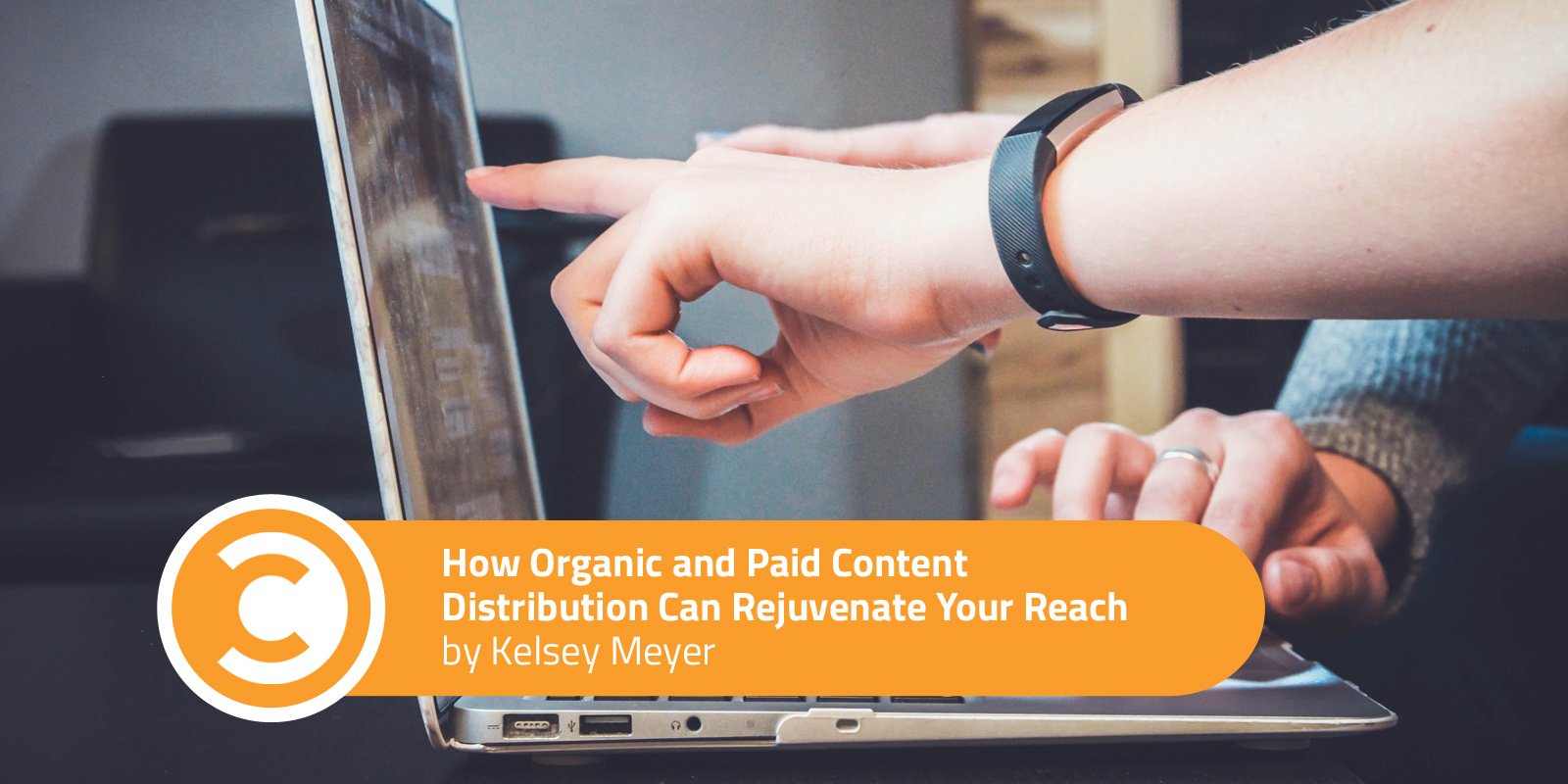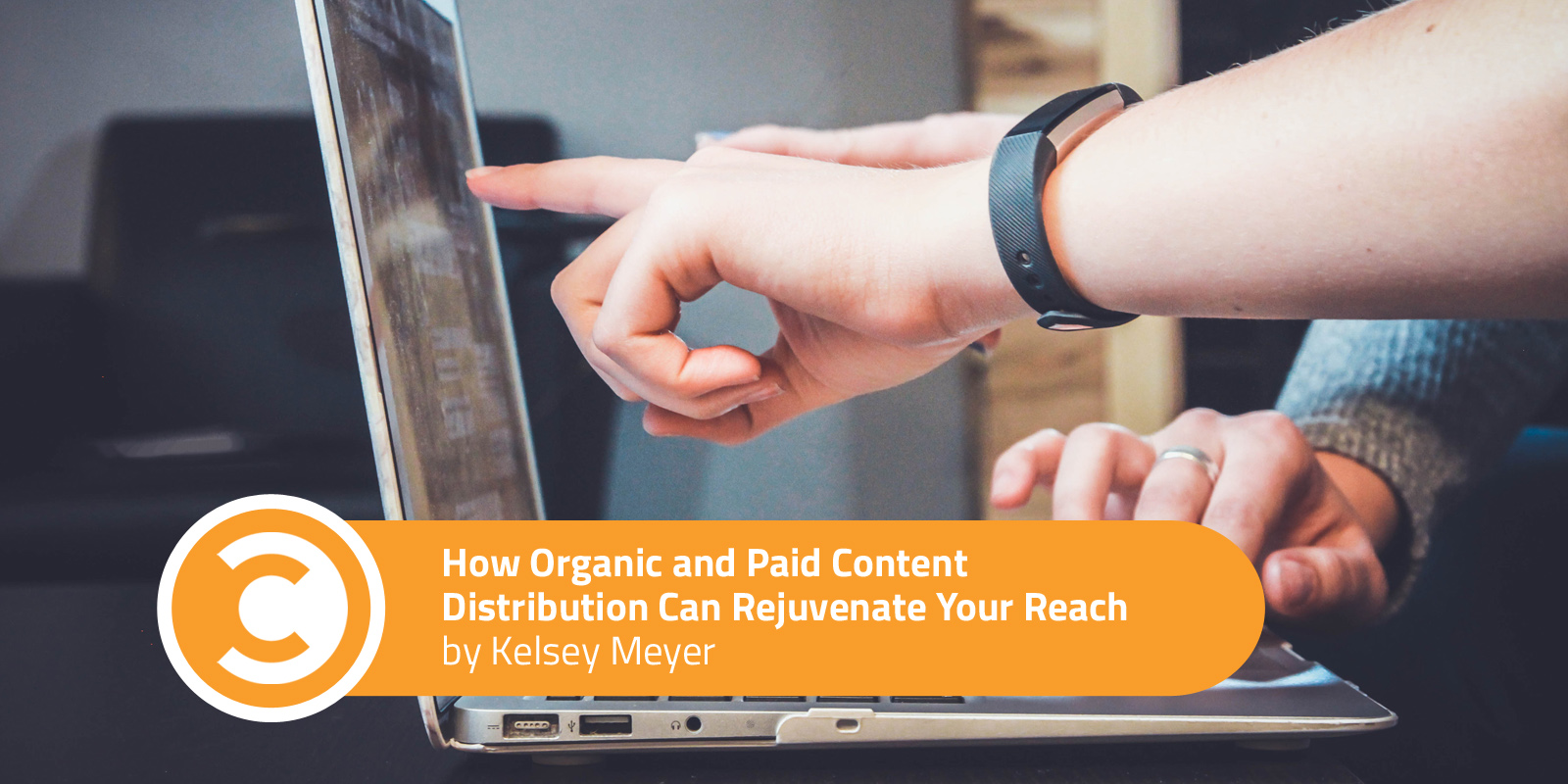You also have to get that amazing content into the hands of the right people, at the right time, in a resource-efficient way. This is why a content marketing distribution plan is such a central piece of your strategy. Organic distribution is any distribution you’re not paying for. If organic distribution is the match that gets your content marketing fire going, paid distribution is the lighter fluid. Without a two-pronged distribution plan, your content is going to have a hard time reaching, let alone influencing, your audience. Here are four steps to building a distribution plan that works. Use Organic Distribution as a Litmus Test for Your Paid Promotion Don’t jump headfirst into spending a ton of money on distributing or promoting every piece of content. Instead, distribute your content organically first. My team has tried these tactics in the past, and they’ve worked well for promoting some of our whitepapers. When a publication hosts a piece of your content, it promotes it on its site for a period of time and sends you a list of potential leads based on the readers who downloaded your content offer.

Does it ever feel like all of your time creating content amounts to simply shouting into the void? Gone are the days when simply writing and publishing an astounding article attracted thousands clamoring to read it. (But really, was that ever a thing?)
In the cold, harsh reality of a content marketer, it’s never enough to just create amazing content. You also have to get that amazing content into the hands of the right people, at the right time, in a resource-efficient way. This is why a content marketing distribution plan is such a central piece of your strategy.
Every Strategy Has Its Limits
Before going any further, let’s quickly break down the two most common strategies in a content distribution plan: organic and paid.
Organic distribution is any distribution you’re not paying for. In my experience, it often ranges from the organic reach of guest posting content in online publications to search engine marketing to the social shares of people who love your content and can’t wait to pass it along.
Organic strategies do have their limits, though. Organic reach on social media platforms like Facebook and Instagram is getting tougher to achieve. Even if hundreds like and share your content, there’s still much more to be done to drive meaningful results.
Enter paid distribution. Like its organic counterpart, this strategy can include a lot of different tactics, but it frequently looks like Google AdWords spend and paid promotion on various social networks.
If organic distribution is the match that gets your content marketing fire going, paid distribution is the lighter fluid. And as with lighter fluid, you have to use it carefully. Without adequate direction or preparation, you could burn through your resources too quickly to keep the momentum going, and your whole strategy could suffer.
4 Steps to Building a Better Content Distribution Plan
Your content marketing program is only as valuable as its ability to influence positive action. Without a two-pronged distribution plan, your content is going to have a hard time reaching, let alone influencing, your audience. Here are four steps to building a distribution plan that works.
1. Know Your Audience Like the Back of Your Hand
It’s easy to fall into the trap of trying to reach as many people as humanly possible. This is especially true when social shares or article views are such low-hanging fruit, and you’re looking for something to quickly demonstrate ROI.
But imagine you’re physically mailing your content to potential customers. Are you going to pat yourself on the back just for sending out 1,000 mailers? Of course not.
Instead, focus on your target audience and what you know about them to determine where you distribute your content. Answer questions like, “Who are my clients?” “How did they learn…

COMMENTS